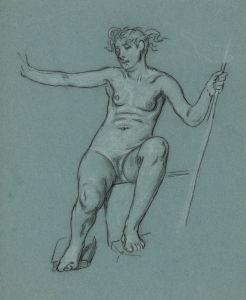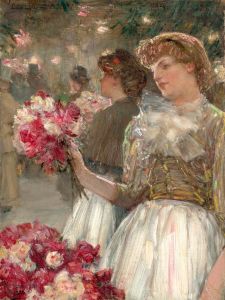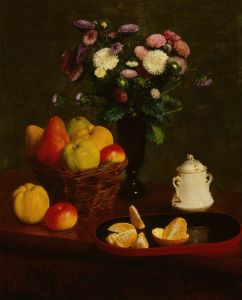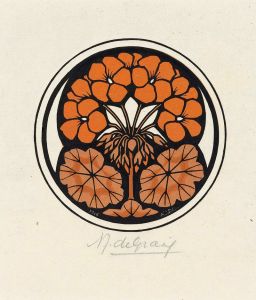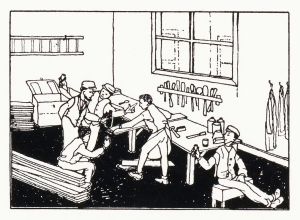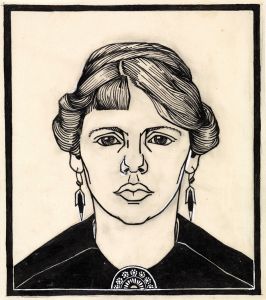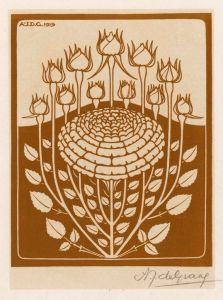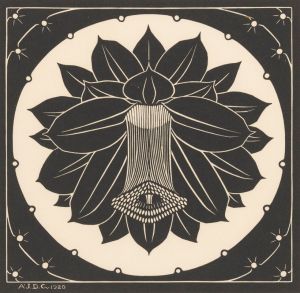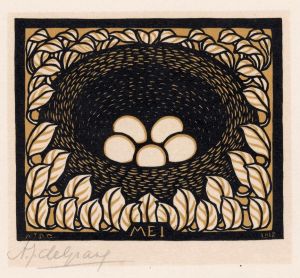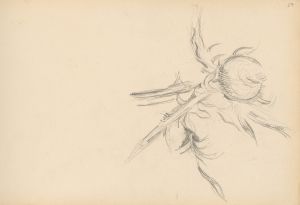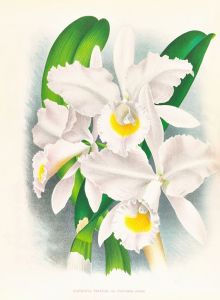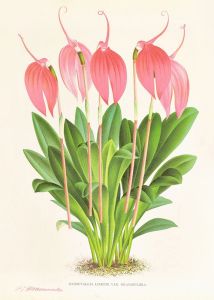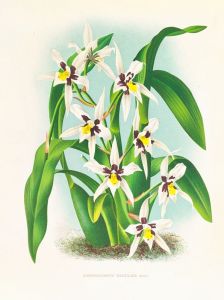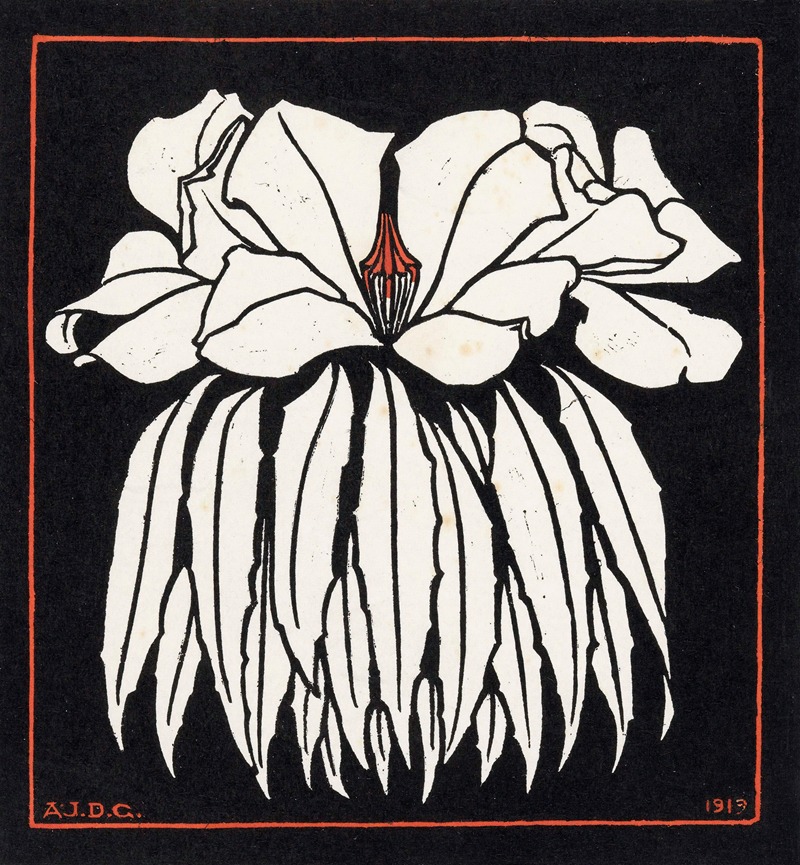
Godetia
A hand-painted replica of Julie de Graag’s masterpiece Godetia, meticulously crafted by professional artists to capture the true essence of the original. Each piece is created with museum-quality canvas and rare mineral pigments, carefully painted by experienced artists with delicate brushstrokes and rich, layered colors to perfectly recreate the texture of the original artwork. Unlike machine-printed reproductions, this hand-painted version brings the painting to life, infused with the artist’s emotions and skill in every stroke. Whether for personal collection or home decoration, it instantly elevates the artistic atmosphere of any space.
Julie de Graag was a Dutch artist known for her work in the early 20th century, particularly in the Art Nouveau and Art Deco styles. Her artistic repertoire included drawings, prints, and paintings, often characterized by their intricate detail and stylized forms. One of her notable works is "Godetia," which exemplifies her skill in capturing the delicate beauty of nature through her art.
"Godetia" is a piece that reflects de Graag's keen interest in botanical subjects, a common theme in her body of work. The godetia, also known as Clarkia amoena, is a flowering plant native to western North America, recognized for its vibrant and colorful blooms. De Graag's depiction of the godetia showcases her ability to blend realism with decorative elements, a hallmark of her artistic style.
The artwork is executed with precision, highlighting de Graag's meticulous attention to detail. Her use of line and form is evident in the way she renders the petals and leaves of the godetia, creating a sense of movement and life within the composition. The piece is likely created using techniques that de Graag mastered during her career, such as woodcut or linocut, which were popular methods in the early 20th century for producing detailed and textured images.
Julie de Graag was part of a broader movement of artists who were inspired by the natural world and sought to incorporate its beauty into their work. Her art often reflects the influence of the Art Nouveau movement, which emphasized organic forms and intricate patterns. This influence is apparent in "Godetia," where the natural curves of the plant are accentuated, creating a harmonious and aesthetically pleasing composition.
Throughout her career, de Graag was associated with several art societies and exhibitions in the Netherlands. Her work was well-received for its technical skill and artistic vision, contributing to her reputation as a talented and innovative artist of her time. Despite facing personal challenges, including health issues, de Graag continued to produce art that resonated with audiences and celebrated the beauty of the natural world.
"Godetia" stands as a testament to Julie de Graag's artistic legacy, embodying the qualities that made her work distinctive and admired. Her ability to capture the essence of her subjects with elegance and precision ensures that her art remains appreciated by those who encounter it. While specific details about the creation and exhibition history of "Godetia" may not be extensively documented, the piece itself continues to speak to de Graag's enduring influence in the realm of botanical art and beyond.
In summary, "Godetia" by Julie de Graag is a fine example of early 20th-century botanical art, reflecting the artist's skillful integration of natural beauty and artistic expression. Through her work, de Graag has left a lasting impact on the art world, celebrated for her ability to bring the delicate intricacies of nature to life on paper.





